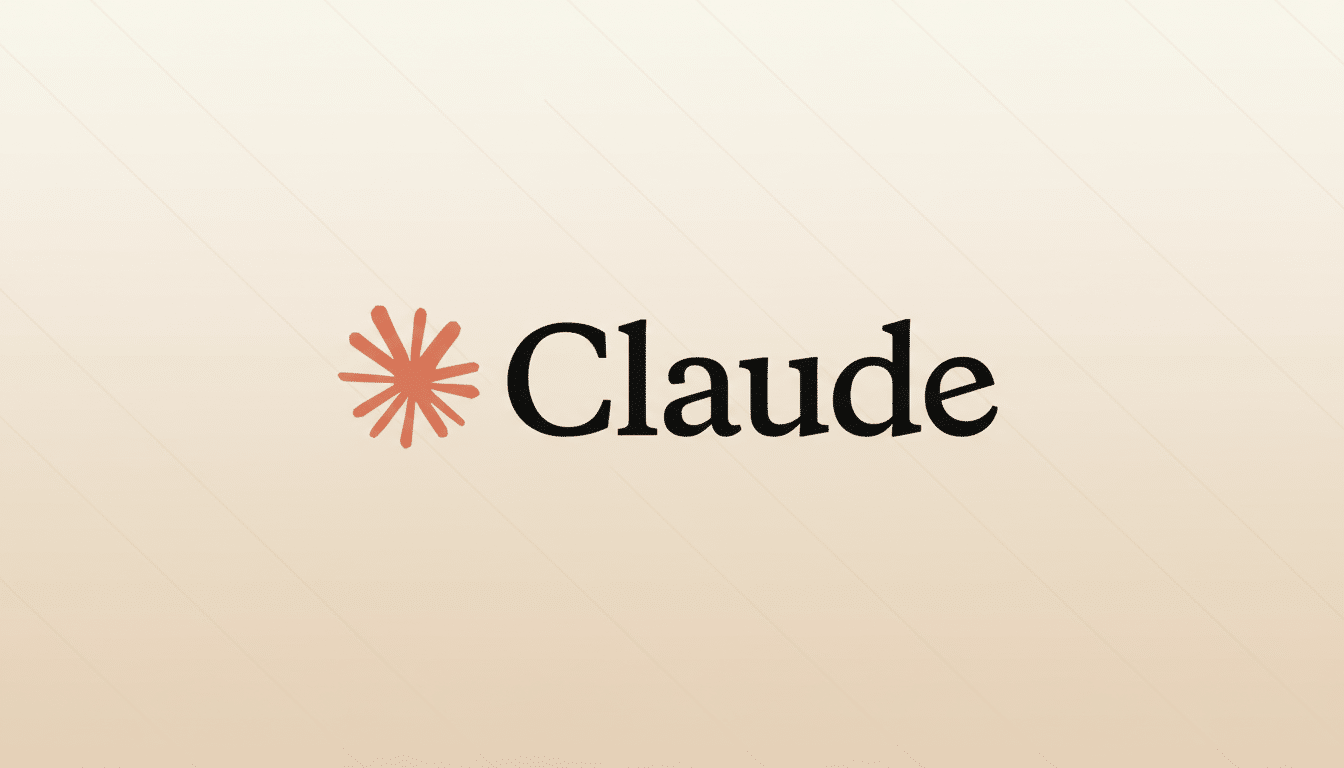IBM and Anthropic have formed an alliance that makes Claude, Anthropic’s family of large language models, available to enterprises in telecommunications, financial services and other industries through key IBM software. The first is an integrated development environment from IBM that’s being gradually rolled out to a limited set of customers. The companies also authored a practical guide for building, deploying and maintaining enterprise-grade AI agents, a move reflecting a mutual interest in safe, governed deployments over showy demos.
For IBM’s enterprise customers (financial services, health care, government and other regulated industries), the move is more than an alternative model. It is the operationalization of AI in places where security, compliance and accountability will determine whether projects ship at all. By placing Claude in IBM’s stack, developers and IT leaders can follow a well-known path to try these agentic workflows while still satisfying corporate controls.

What the Partnership Delivers to Enterprise Users
Integrating Claude into IBM’s development environment will rationalize operations like code understanding, test planning or enterprise search: high-impact areas that require powerful reasoning and long-context capabilities. Visibility for early access is limited, but it’s the right direction. Encourage teams with tooling where model interactions can be audited and rate-limited, and that plays nicely with identity and access controls.
The new joint guide on enterprise AI agents is equally significant. Lots of groups can be creative with an agent; far fewer manage to keep it up and running in production. Things like tool use policy, escalation design, human-in-the-loop checks and post-deploy monitoring are now board-level concerns. Anticipate that the guide will embody Anthropic’s “constitutional AI” philosophy and IBM’s established governance position, aligning with other frameworks like the NIST AI Risk Management Framework and forthcoming ISO guidance.
Positionally, the inclusion also serves to highlight IBM’s model-agnostic approach. IBM has its own Granite models and supports open models through what it calls watsonx, but these days IBM acts as more of a control plane that allows enterprises to pick the best model for the task. Adding Claude widens that menu even more, especially for knowledge-heavy applications where safety and adherence to instructions are key.
Why IBM Is Betting on Claude for Enterprise AI
Claude has come to be known for well-balanced performance—solid reasoning, good refusal behavior when policies are administered and useful tool integration—all things that matter when AI touches regulated workflows or customer data. A Menlo Ventures survey concluded that businesses find Claude models more useful than other general-purpose models, indicating reliability and safety are now more difficult to distinguish in high-level performance metrics.

Anthropic’s enterprise push is gathering momentum, with a rollout alongside Deloitte among a global workforce numbering in the hundreds of thousands. That sort of scale matters to IBM’s customers, who want evidence that vendor roadmaps can cope with real-world complexity: multi-tenant isolation, regulations about where data must reside, fine-grained permissioning and sustained support across regions and industries.
What This Means for AI Governance and Risk
Enterprise AI is entering its compliance phase. Regulators and standards bodies are coalescing around the need for transparency, risk controls and incident reporting. IBM has pushed into this trend with watsonx governance tools and Anthropic pitches safety-first model training. The jointly developed agent guide can be a kind of playbook for anchoring design choices to internal guidelines and outside regulations—through model cards, red-teaming, capability scoping and continuous monitoring.
Spending trends reinforce the urgency. IDC estimates that investment in generative AI will be in the hundreds of billions worldwide, while boards are now linking budgets to tangible results. That leads to fewer experiments stranded in pilot purgatory and more attention paid to reproducibility, audit trails and business continuity. That’s when the IBM–Anthropic partnership is intended to arrive, taking AI from a lab hobby and turning it into a governed component of the system.
Ecosystem and Competitive Context for Enterprise AI
The partnership arrives in a crowded field. Cloud providers and AI labs are in a race to package agent frameworks, vector databases and orchestration tools into turnkey stacks. IBM’s edge is its enterprise distribution, services reach and credibility in regulated IT. Anthropic delivers a model family that many practitioners find trustworthy for enterprise applications. Together, they can provide a legitimate alternative for organizations that desire model choice without having to stitch together at most 12 different vendors.
The near-term challenge will be getting them adopted within developer workflows and in high-stakes functions like customer service, compliance review or knowledge management. If IBM is able to prove that Claude-powered agents reduce time-to-value but still provide governance, it would see an increase in adoption across its software set. In a time when safety and return on investment define success, this is a partnership engineered to compete on both of those.

